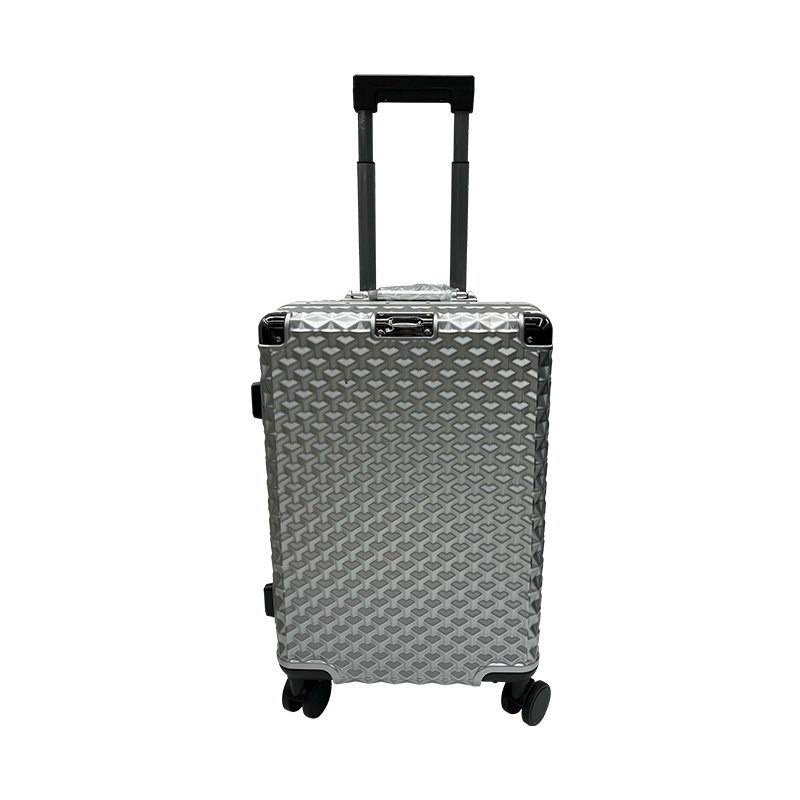 By Admin
By Admin
Suitcases are essential travel companions, and with the rise of modern travel needs, luggage design has undergone significant innovation. Among the various types of luggage, hard shell fabric suitcases have gained significant popularity due to their durability, practicality, and stylish appeal. These suitcases combine the robust protective qualities of hard-shell luggage with the flexibility and lightweight nature of fabric, offering a unique blend of form and function.

Hard shell fabric suitcases are luggage pieces that feature a combination of hard-shell exteriors and soft or fabric elements, designed to provide protection and flexibility for a variety of travel needs. The hard shell usually consists of materials such as polycarbonate, ABS, or aluminum, while the fabric may include durable textiles like nylon, polyester, or woven fabrics. The dual-material construction offers the both worlds: the rigidity and impact resistance of hard shells combined with the adaptability and lighter weight of fabric.
This hybrid design has been appreciated for its ability to absorb impacts, resist scratches, and offer expanded storage options, all while maintaining a sleek, lightweight profile.
Hard shell fabric suitcases come in a variety of designs and functionalities. They can be classified based on their size, shape, material, and specific purpose. Below are the primary classifications of these suitcases:
Carry-on luggage is designed to be compact and lightweight, making it ideal for short trips or for travelers looking to avoid checked baggage fees. Hard shell fabric carry-on suitcases typically feature a small to medium-sized design that fits within the airline's carry-on size limits.
Material Composition: These suitcases often use a combination of polycarbonate or ABS shells with fabric panels to both rigidity and flexibility. The polycarbonate shells protect contents from impact, while the fabric offers expandability and some level of water resistance.
Design Features: Many carry-on hard shell fabric suitcases have multiple compartments, including a well-organized interior with zippered pockets, compression straps, and expandable sections to increase storage capacity when needed.
Benefits: The key advantage of carry-on hard shell fabric suitcases is the balance between durability and weight. These suitcases are sturdy enough to protect fragile items while remaining light enough for easy handling. They also often come with spinner wheels for 360-degree maneuverability and telescoping handles for comfort during transit.
For longer trips, checked luggage hard shell fabric suitcases are larger in size and designed to handle more substantial loads. These suitcases are typically intended to be checked in at the airport, where they are handled by baggage systems, so durability and ample space are crucial.
Material Composition: Checked luggage typically features a thicker, more robust hard shell, often made from impact-resistant polycarbonate or aluminum, combined with fabric panels for flexibility. The fabric sections may offer added internal compartments or external pockets for easy access to smaller items, such as documents or accessories.
Design Features: Larger suitcases usually have extra compartments, internal dividers, and elastic straps to keep clothing and other items organized. Some models also come with built-in weight scales or combination locks for enhanced security. The fabric sections, often on the exterior, provide additional storage space and help reduce overall weight compared to fully rigid suitcases.
Benefits: These suitcases are designed for heavy-duty use, offering protection against rough handling while providing enough space for long trips. The combination of hard shell and fabric allows for durability, flexibility, and organization, with added external features like additional pockets for easy access to travel essentials.